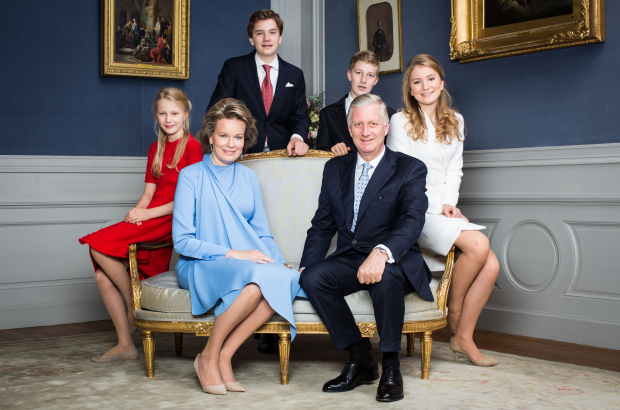- Daily & Weekly newsletters
- Buy & download The Bulletin
- Comment on our articles
Family fortunes: A brief history of royalty in Belgium
Listen to this article:
For some, kings and queens are relics of a bygone era, yet for Belgium, the royal family has played a vital role not only in guiding national politics but in pulling the country together. This year, King Philippe and his predecessors have been thrust into the spotlight more than they would have liked, forcing Belgians to ask tough questions about their identity and their history.
King Philippe – or Filip to the Dutch-speakers – is only the seventh king since Belgium’s independence. Strictly speaking, his title is King of the Belgians rather than King of Belgium, supposedly to reflect his link to the people rather than to a territory or state.
Philippe, 60, is often seen as stiff and shy, drawing comparisons with the Prince of Wales, yet he has grown in his position. He has become increasingly assertive in his constitutional role of choosing politicians to scope out possible parliamentary majorities and lead the government. And he has been vocal this year as the coronavirus struck, reassuring Belgians in the face of the lockdown and other measures to control the spread of the disease. The coronavirus crisis is “a unique opportunity to rethink our economy and our society”, he said, while praising Belgians for their “courage and creativity”.
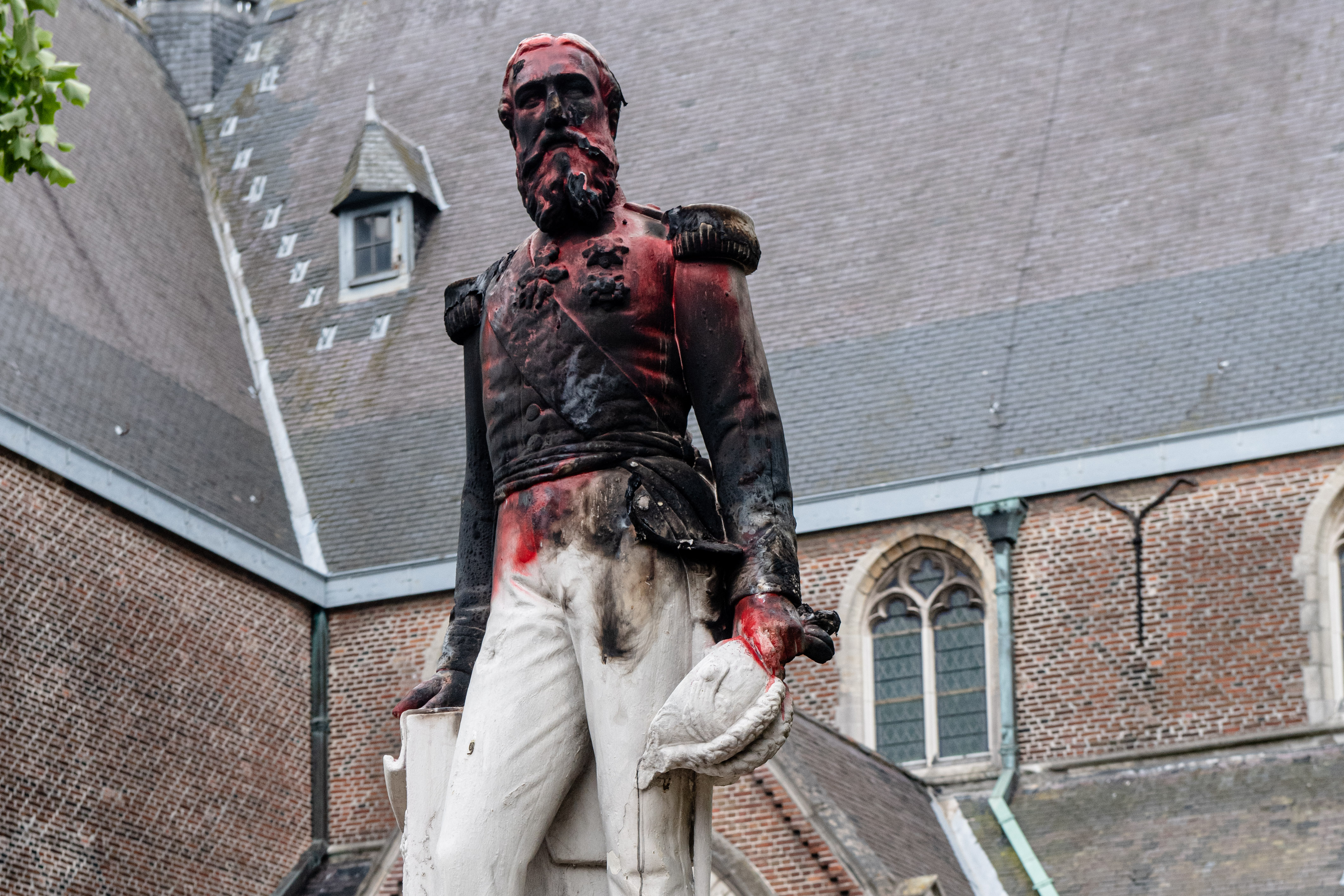
His most striking intervention this year was about Belgium’s most controversial king, Leopold II, who reigned from 1865 to 1909. Nicknamed during his time as the Builder King, thanks to the number of public works he commissioned, Leopold II is today more remembered for his ruthless colonial exploitation of Congo. Speaking on June 30, the 60th anniversary of Congo’s independence from Belgium, Philippe expressed his “deepest regret” for the “acts of violence and cruelty” committed during the occupation – though he did not mention Leopold II by name. By then, Black Lives Matter protests in Belgium had called for the removal of statues of Leopold II, who seized Congo as his personal territory and allowed millions of people to be slaughtered.
From resistance to surrender
Belgium’s first king was not even Belgian. Leopold I was a German prince from the house of Saxe-Coburg and Gotha, who had fought against Napoleon, was offered the crown of Greece but turned it down, and settled in England, where he was the uncle of the future Queen Victoria. In 1831, a year after the Belgian Revolution, he was chosen as the new country’s king. 21 July, the day he swore allegiance to the Belgian constitution, is Belgium’s National Day.
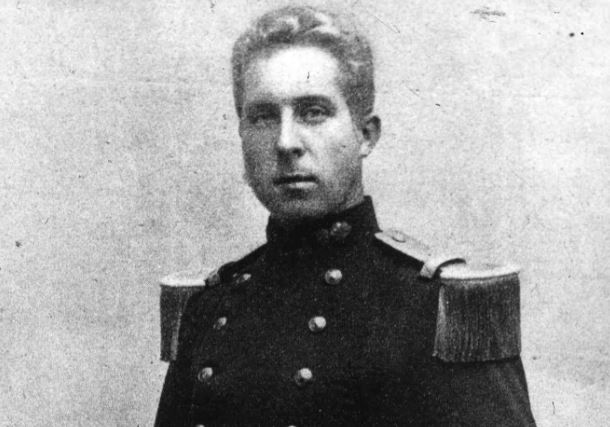
The third king, Albert I (1909-1934), has a hallowed status as the king who resisted the Germans during World War One, even if it was from Veurne, on a small patch of unoccupied Belgium. This contrasted with his son, Leopold III (1934-1951), who surrendered Belgium to the invading Germans in May 1940, earning him the title Traitor King. In 1951, when it was clear he had lost popular support, Leopold III abdicated, to be succeeded by his son Baudouin, or Boudewijn.
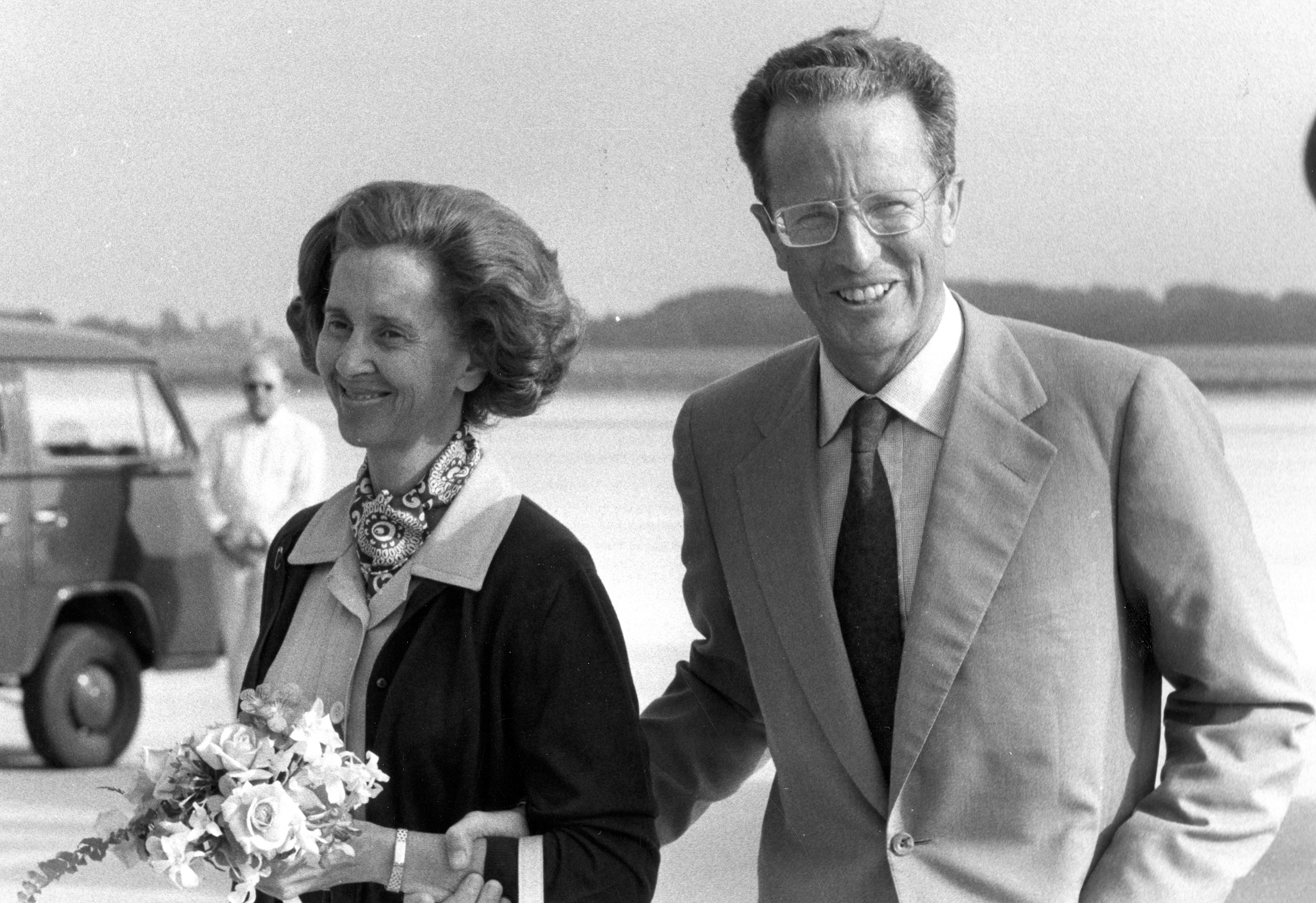
Baudouin (1951-1993), a pious, respected king, himself stepped down for a day on 4 April 1990, so he would not have to give royal assent to an abortion law. When he died suddenly in July 1993, he was succeeded by his younger brother Albert II (1993-2013). Albert’s oath of allegiance ceremony in the Belgian parliament was interrupted by shouts of “long live the Republic” by libertarian lawmaker Jean-Pierre Van Rossem – but he was drowned out by MPs shouting “long live the King”
Forging a new role
Albert II abdicated in favour of Philippe in 2013, but made the news this year when a DNA test confirmed he had fathered the artist Delphine Boël during an extramarital relationship, something he had long denied. A court later ruled his daughter had the right to be addressed as Princess and take the royal family name. In October, a photo of Philippe and Delphine was released by the Palace following the half-brother and sister’s first meeting; this was shortly followed by news of her meeting with Albert and his wife, Paola, described as “a new chapter”.
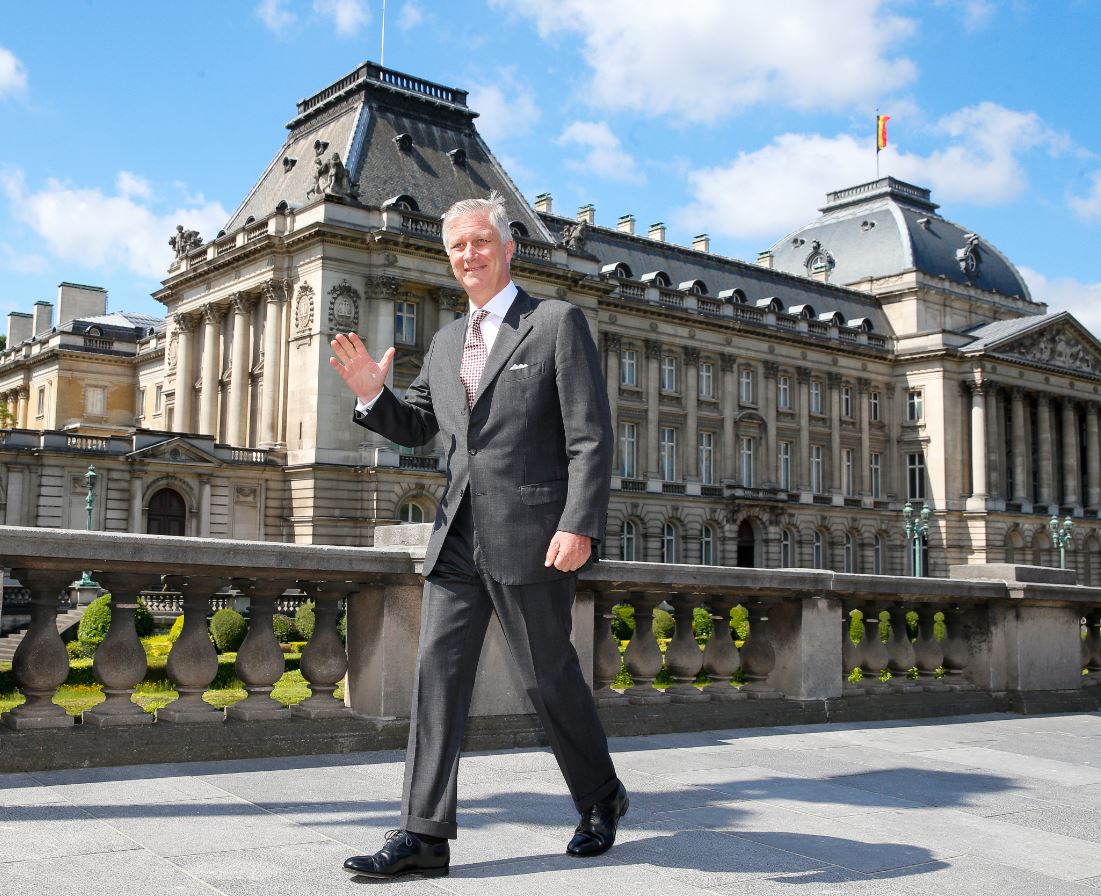
Today, Philippe is forging a new role for the monarchy. He has tried to get closer to his subjects and is often seen cycling with his family, taking his children to school, and supporting the Belgian men’s football team at international tournaments. His wife, Queen Mathilde, has helped soften his image.
Until 1991, only men were allowed to sit on the throne – queens were only consorts. But Philippe’s eldest daughter, Princess Elisabeth, born in 2001, is in line to become the first Queen of the Belgians. If and when she takes the crown, it will mark a new phase for Belgium’s evolving monarchy.
This article is part of The Bulletin's digital magazine
About the author
Leo Cendrowicz was born in London but has spent most of the past decade working in Brussels as a journalist. He is the i correspondent for Brussels and writes for a number of publications, notably Time ,The Independent, The Guardian, Politico, The Daily Beast, The Hollywood Reporter, Huffington Post and The Bulletin. Leo has also contributed as editor to The Economist Guide to the European Union as well as the Time Out Guide to Brussels.







